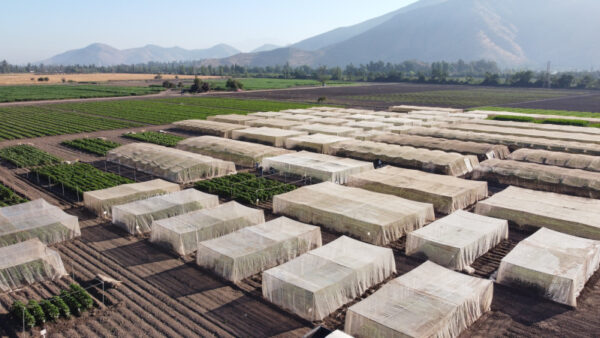The Seed Synergy White Paper has been ratified by all of the Seed Synergy Collaboration Project partners and lays out a set of proposals for the future of the seed sector and agriculture in Canada, based on a trio of keys areas: Stimulating Innovation, Modernizing the Seed Regulatory Framework and Building the Next-Generation Seed Organization.
The White Paper is a follow-up to the Green Paper released in 2017 and further refines the ideas that will be taken forth by the Seed Synergy partners as the industry prepares for seed regulatory modernization in 2020, the year the federal government plans to open up the seeds regulations.
What follows is a brief look at the White Paper (watch seedsynergy.net for a downloadable copy) and the three policy goals it lays out for the road ahead and some commentary on the concepts therein.
GOAL: Stimulate Innovation
How we can achieve this:
- Update Canada’s delivery of the novel products regulations for plant breeding innovations.
- Align with like-minded trading partners to avoid unnecessarily regulating products that were, or could have been, achieved through conventional breeding.
- Provide for a tiered approach (with service standards) so that “novel” but familiar products can move through the approval process more quickly, with appropriate data requirements in comparison to products that are more complex or less familiar.
- Develop and implement a system that results in additional investment in varietal research and development in cereals, pulses and other crop kinds in Canada by facilitating the development and implementation of a seed variety use agreement (trailing royalty) system for UPOV 91-protected varieties.
GOAL: Modernize the Seed Regulatory Framework
How we can achieve this:
- Amend the seeds regulations to streamline requirements and enable the modernization of the delivery of the seed certification program by identifying elements of the seeds regulations such as seed quality and labelling standards and registration of seed establishments that can be removed from the text of the regulations and incorporated by reference.
- Delegate the authority for the delivery of the seed certification program to a single, national seed industry organization while government continues to provide regulatory oversight, enforcement and science support, with an expanded role for accredited seed laboratories and where the government continues to be Canada’s national designated authority for seed varietal certification and to represent Canada at the OECD Seed Schemes.
- Create a single window for all seed regulatory services, facilitated by the use of secure, controlled access, efficient, cost effective information technology solutions, in order to simplify access to services for users of the system.
GOAL: Build the Next Generation Seed Organization
How we can do this:
- Create a more efficient and effective seed industry organizational model to deliver seed certification services under a “modernized seed regulatory framework” by creating and implementing a single, consolidated national seed organization.
- Lobby government to identify the new consolidated national seed organization as the authorized and responsible body for seed certification regulatory documents that are incorporated by reference.
- Leverage the use of secure, controlled access, efficient and cost-effective information technology solutions, to implement a Single Window concept in order to streamline and simplify access to services by users of the system, access to application information by service providers and provide transparency to stakeholders.

On the concept of the next-gen seed organization: “CSI was a synergy model before Seed Synergy was ever discussed. Our board didn’t have to spend a huge amount of time thinking about or discussing the White Paper itself. We focused on the underlying policy which we’ve believed in for a long time. It’s nothing radically new — it’s simply an evolution of what’s been going on in this industry for years.”
On modernizing our regulatory framework: “The time has come for us to go to the next stage. We need to sit down and take action. It’s no longer just an idea or opportunity, it’s our responsibility, really. We owe it to our members to do this. The system is not broken, and it’s difficult to contemplate change when it’s not broken. But as time goes on we’ll fall further and further behind in the global marketplace if we don’t modernize through Seed Synergy and regulatory modernization. The timing is perfect.”

President, Canadian Food Inspection Agency
On creating a more efficient and effective seed industry organizational model: “How you organize yourselves is up to you. I can tell you as someone that deals with food safety issues, an organized, clear, consistent message goes a long way. A very long way. The ability to speak with clarity, with one voice, so there’s alignment, makes a difference. Every time we open up a regulation, every time we change a policy, if there’s an alignment, it’s easy for me to explain to the government what the industry’s stance is. When there are many voices going in different directions, what do I do with that?”
On delivering seed certification services under a modernized seed regulatory framework: “We have to make choices together when it comes to expanding into new markets. Which markets do we aim for, and why? There are many competing nations selling similar products into the same markets. The benefit of consolidation is clarity of purpose and priorities. That creates alignment and makes it easier for us to work with you and understand and respond to your priorities. Consensus and alignment will go a long way to allowing us to accelerate the pace of change moving forward.”












